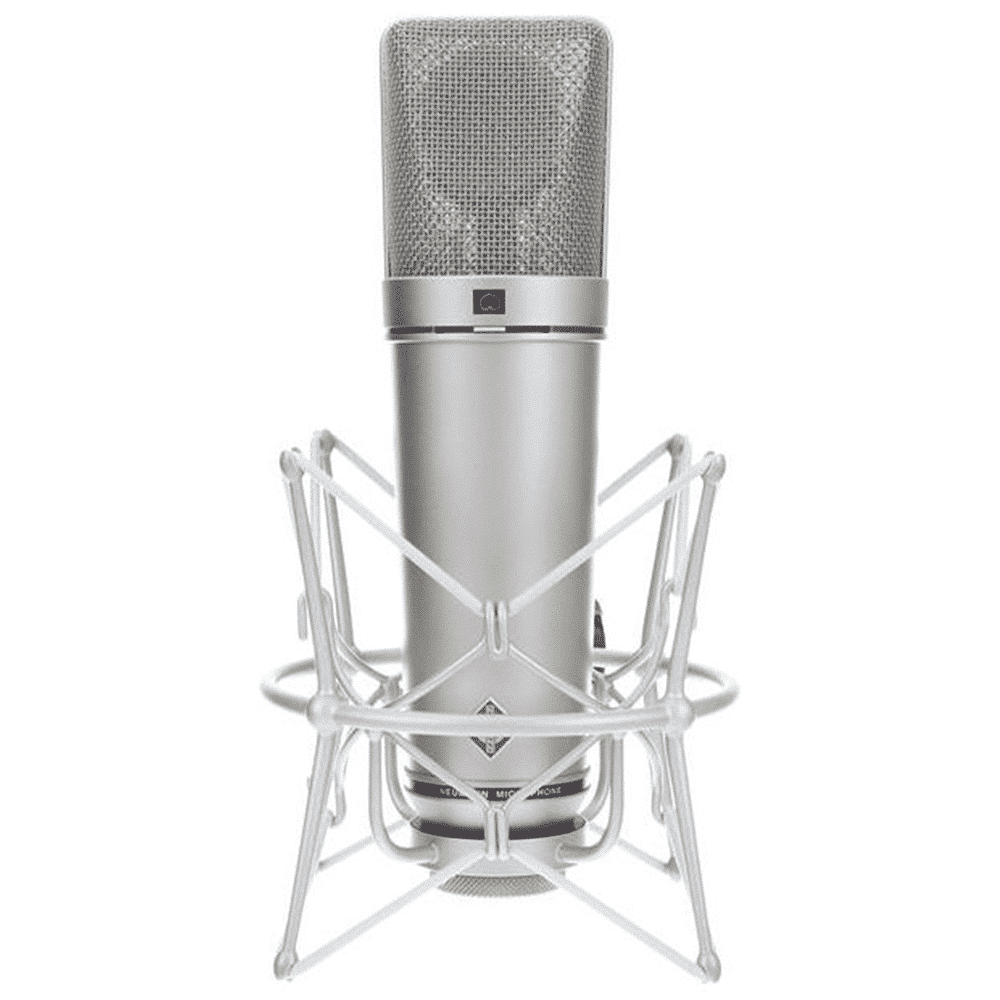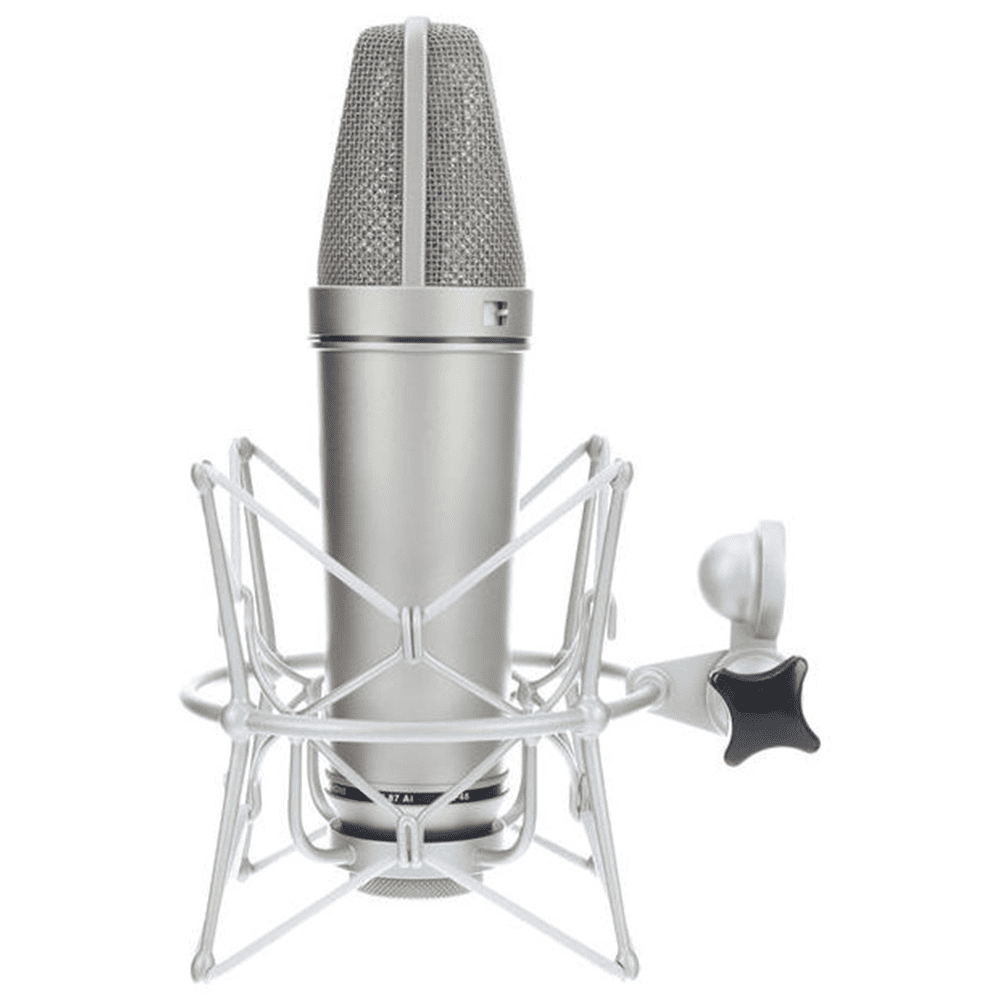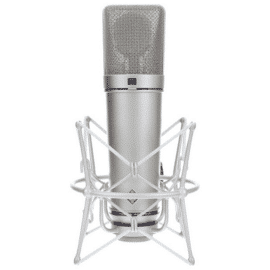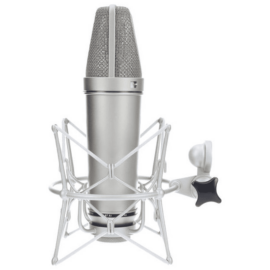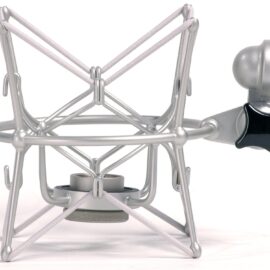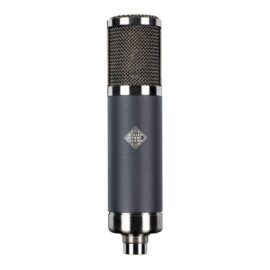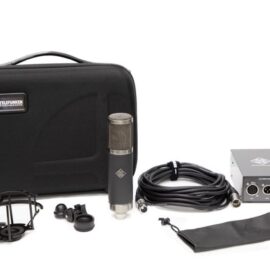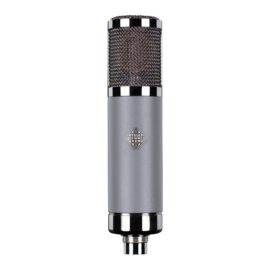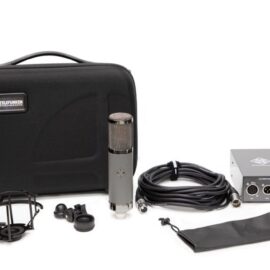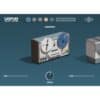Neumann U87 ai Studio Set
Neumann U87 vocals and instrument microphone. (note with original elastic suspension)
Capacitor microphone with legendary history, and a true Neumann classic. The U87 evolved early into a reference for all other capacitor microphones on the market. The combination of Neumann´'s quality and an assurance that the microphone can always give the expected good result has contributed to U87 becoming a living legend.
U87 provides a warm and well-balanced sound image that is well suited in many contexts, in particular vocal recordings.
- Recording
- Software
- Microphones
- Outboard
- Monitoring
- Cables
- Post
- Instruments
- SPECIAL DEALS
- Used & Demo
- Brands
- 2400 Audio
- A-designs
- ADAM
- Adam Hall
- Akai professional
- Amphion
- AiAiAi
- Antares
- API
- Apple
- APS
- Ardis Technologies
- Arturia
- Ashun Sound Machines
- Audeze
- Audient
- Audified
- Auratone
- Avantone PRO
- Avid
- BAE
- Barefoot Sound
- Bettermaker
- Beyerdynamic
- Black Box Analog Design
- Blackmagic
- Bricasti
- Burl
- CalDigit
- CB Electronics
- Celemony
- Chandler
- Cloud
- d16 group
- Dangerous Music
- Digital Audio Denmark
- Dynaudio
- EastWest
- Editors Keys
- Eiosis
- EIZO
- Elektron
- Elysia
- Empirical Labs
- Eventide
- Ex Machina
- FabFilter
- Focal
- Focusrite
- Freqport
- Furman
- Glyph
- Gyraf Audio
- Heritage Audio
- HUM Audio Devices
- Icon
- Image-Line
- IsoAcoustics
- Izotope
- Jaspers
- Kii Audio
- Korg
- Lauten Audio
- Lennar Digital
- Little Labs
- Mäag Audio
- Mackie
- Manley
- M-Audio
- McDSP
- MODAL Electronics
- Mojave
- Moog
- Native Instruments
- Neumann
- Neutrik
- Overstayer
- Presonus
- Phoenix Audio
- Reason Studios
- Retro Instruments
- Roger Mayer
- Rostec
- Royer Labs
- RØDE
- Rupert Neve
- sE Electronics
- Sennheiser
- Serato
- Sequential
- Shadow Hills
- Shure
- Sibelius
- Slate Digital
- Slate Pro Audio
- Smyth Research
- Sonarworks
- Sonnox
- Sound Radix
- SoundToys
- Spectrasonics
- SSL
- Steinberg
- StudioDesk
- Synchro Arts
- Telefunken
- TK Audio
- Toontrack
- Transformizer
- Trinnov Audio
- Tube-Tech
- UDG
- U-he
- Universal Audio
- Van Damme
- Vicoustic
- Waldorf
- Warm Audio
- WesAudio
- XLN Audio
- Zaor
PRODUCTSPRODUCTS


